
502 Motorworks B Special No.1
Story and Photos by Juan Lopez-Bonilla
Although now regarded as a luxury marque, Bentley Motors once enjoyed many racing successes. Long before it became a subsidiary of Volkswagen AG in 1998, and prior to being owned by both Rolls Royce and Vickers decades earlier, this British firm won the 24 Hours of Le Mans four years in a row, from 1927 to 1930. Twice the company took first and second, and in 1929 the four Bentleys entered swept the top four places. What led up to these astonishing competition achievements of the “big green Bentleys?” And how is that being reincarnated today through 502 Motorworks here in the U.S.?
First, a bit of history, and then details on the wonderful B Special No. 1 reproduction seen here. The Bentley brothers, Walter Owen (known as W.O.) and Horace started out before World War I, selling the French DFP cars near London, but yearned to create their own cars. W.O., who had already served in a locomotive apprenticeship for several years, came across an aluminum paperweight, and in an “ah-ha” moment, realized that the material would be ideal for fabricating lighter pistons than cast iron. The first Bentley aluminum pistons went into Sopwith Camel airplane engines during WWI.
After the war ended, Bentley Motors was established and the first cars were delivered in September 1921. The cars quickly established a solid reputation as they competed in hill climbs and raced at Brooklands — but it wasn’t all about winning trophies. As quoted in W.O.’s autobiography, “We were in racing not for the glory and heroics, but strictly for business.”
Capt. Woolf “Babe” Barnato, a heavyweight boxer, who purchased a Bentley in 1925, won many races at Brooklands, and went on to to acquire the business. His much needed infusion of cash enabled the company to survive. In addition, a group of British motoring enthusiasts known as the Bentley Boys, which included Barnato among other wealthy individuals, kept the marque’s high-performance reputation alive, leading to the string of victories at Le Mans noted above. Right after winning at Le Mans in 1930, the company withdrew from competition, claiming that it had learned enough about speed and reliability.
The B Special No. 1 reproduction shown here is 502 Motorworks’ homage to the pedigree of the 1929 Bentley Speed Six, the most successful racing Bentley ever built. Although 502 is based in Louisville, Kentucky, it works closely with the U.K.-based firm Racing Green Engineering in building a number of iconic cars, including replicas of other Bentley models, and classic Porsche Spyders, Alvis and Alfa Romeo MMs. They are carefully designed to not only look and feel just like the originals, but also drive just like them too.
502’s Bentley recreation starts with the sturdy Bentley Mark VI chassis, fitted with upgraded front and rear road springs, hydraulic front drum brakes, and mechanical rear drums. The 21-inch wire wheels are wrapped with 21 by 7.00 tires and have knock-on stainless steel spinners.
Powering the chassis is a B Series eight-cylinder inline engine (either the B81 6516 cc or B80 5675 cc), topped by four SU Type H.6 carburetors that are fed by a mechanical fuel pump or twin electric pumps. Spent fuel/air gasses flow into a large-bore stainless steel exhaust system with an authoritative roar, exiting through a large, traditional blade-style tip. The engine is backed by a Bentley four-speed transmission.
The coachwork features a boattail aluminum body mounted on an ash and tubular-steel framework. The right-hand-drive cockpit is finished in leather with a machine-turned aluminum dashboard and period-style instruments.
All told, this reproduction harkens back to an extraordinary era of Bentley, celebrating a time when motoring required a rare breed of enthusiasts. Reliving the look and feel of this special time is still attainable.

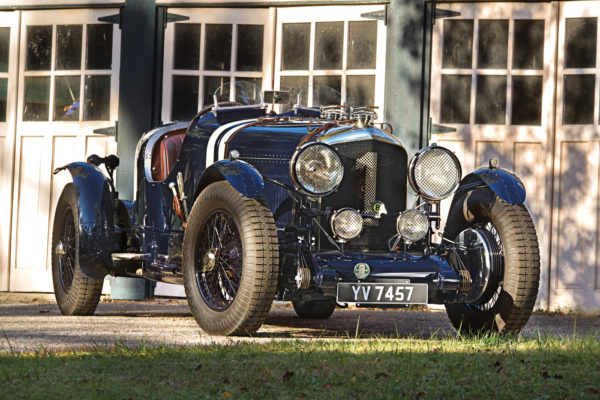
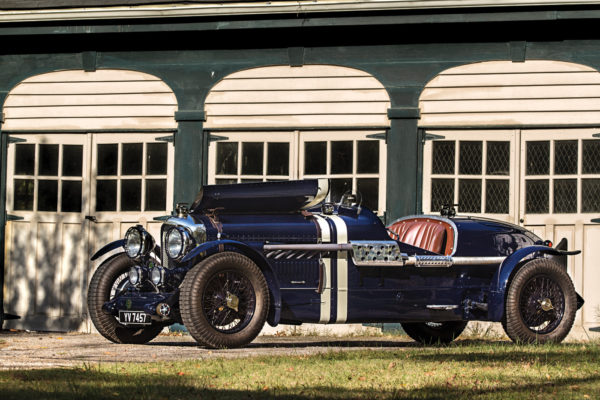
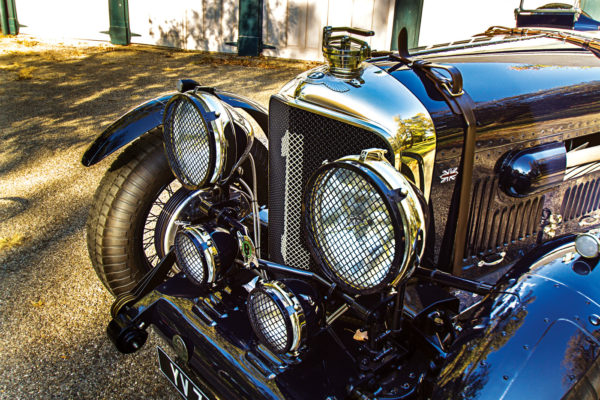
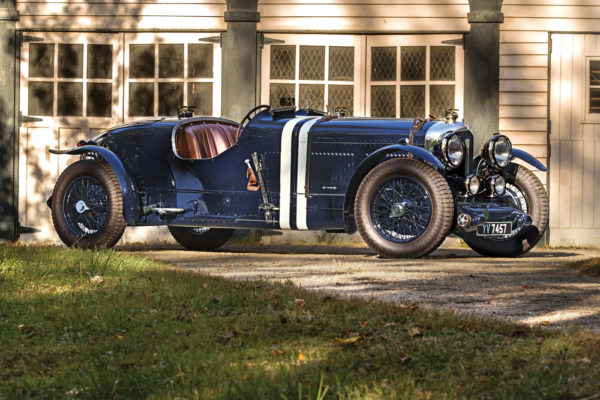
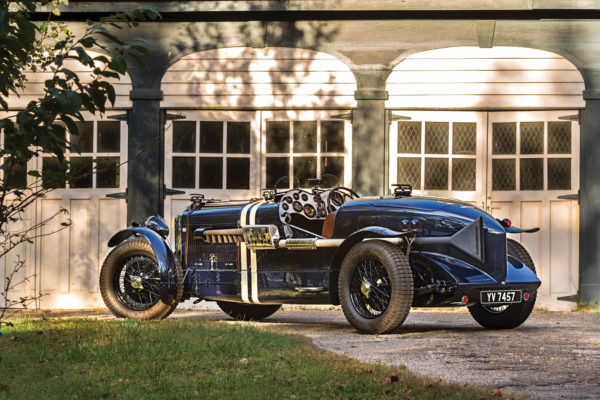
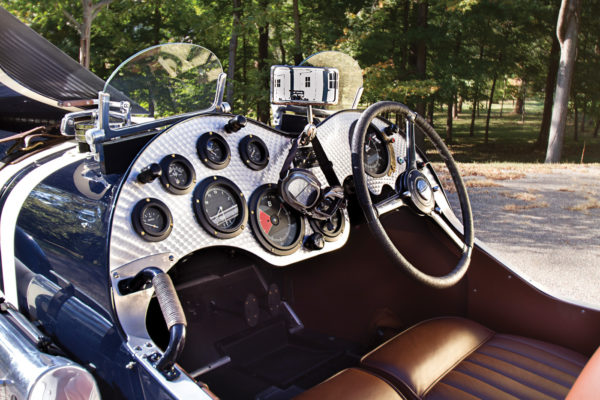
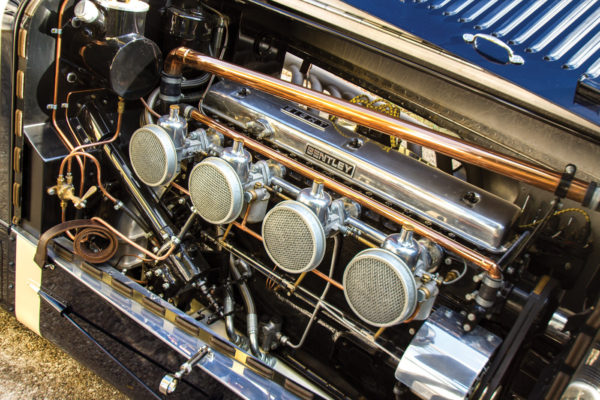
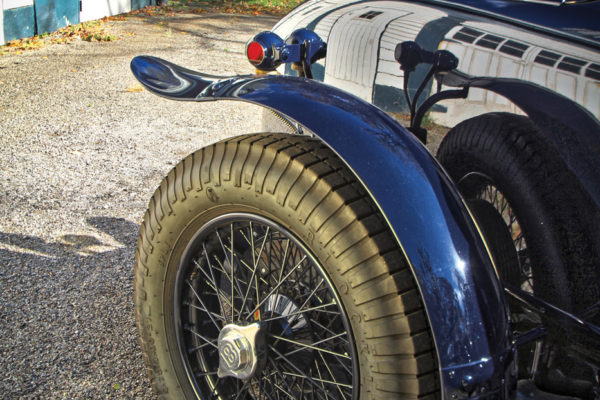
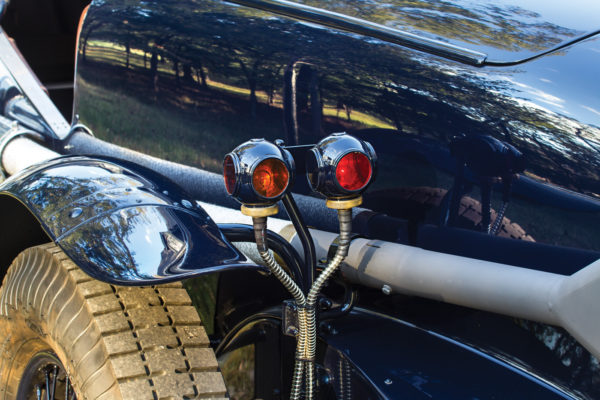
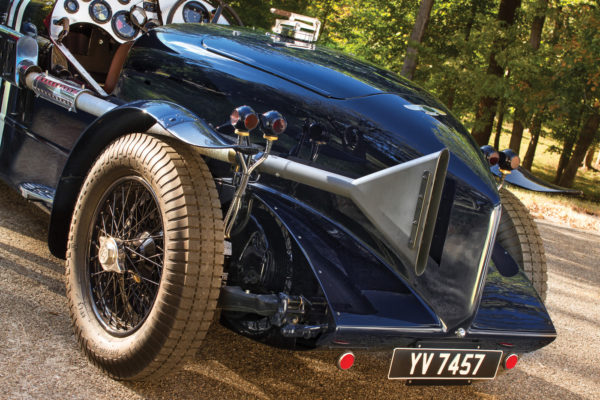
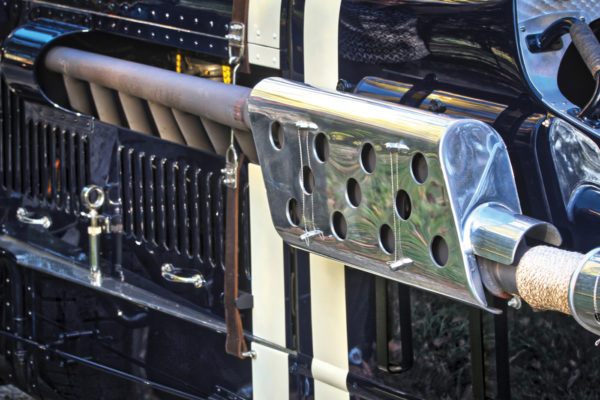
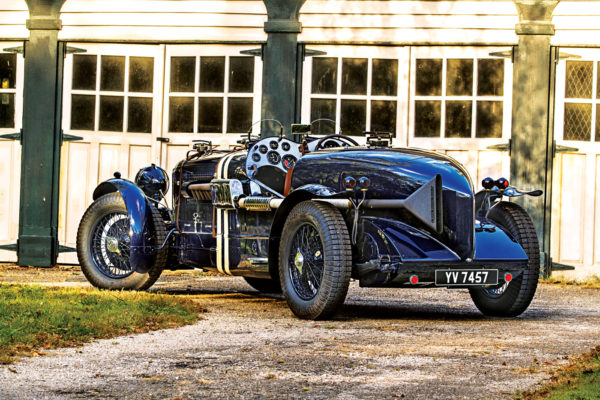
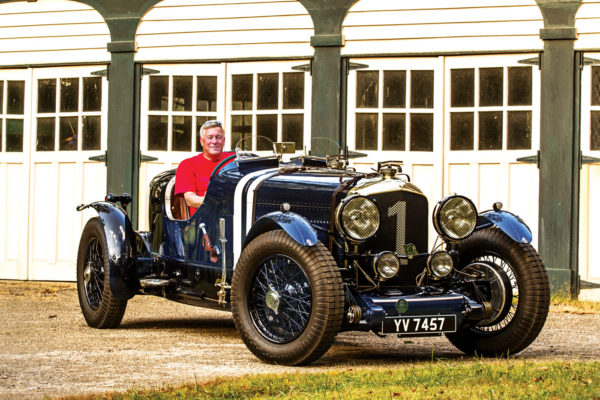
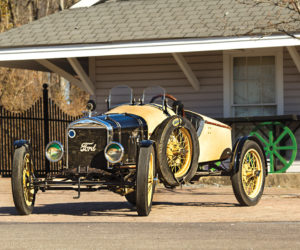
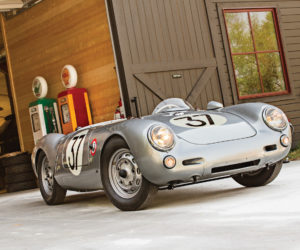
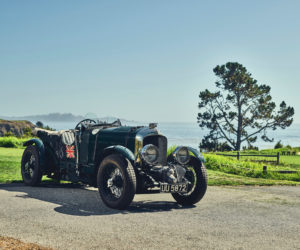
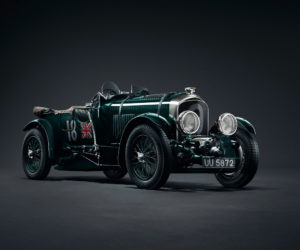
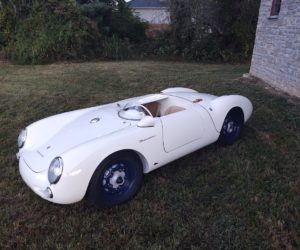




Comments for: Battling Bentley
comments powered by Disqus